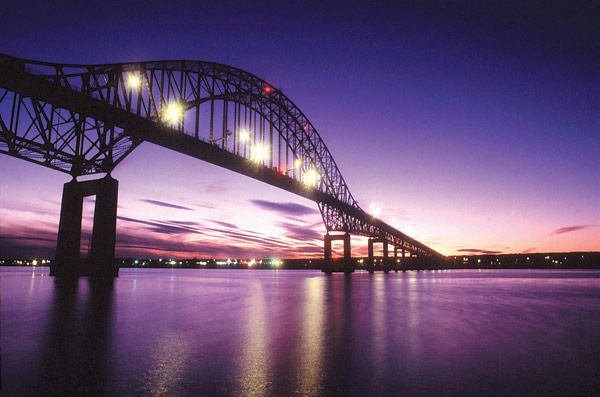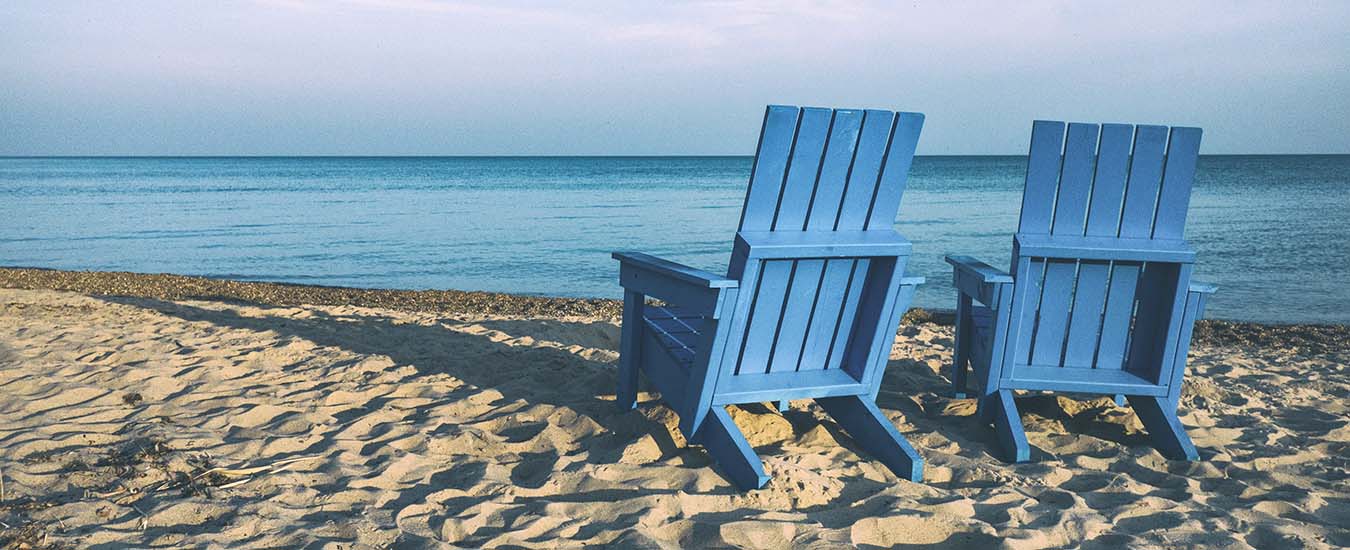Samuel Cunard was the Bill Gates of his day. The famed 19th century entrepreneur (born in Halifax) founded the first shipping line to carry mail across the Atlantic Ocean. That innovation earned him a fortune and laid the foundation for a company that built some of the world's most iconic ocean liners-the QE2 (now a floating hotel in Dubai), the Queen Mary 2 and the Queen Victoria.
Sam's brother, Joseph, is a lesser-known (but no less colourful) character. He made his mark in the Miramichi region of New Brunswick. "Joe" Cunard ran sawmills and shipyards along the Miramichi River and he owned property on Middle Island, which, during the Irish famine of the 1840s, served as a quarantine station for immigrants. A ruthless businessman who dominated his rivals, Cunard wheeled and dealed around the region, until, with bankruptcy looming, he was, according to some accounts, run out of town.

The history of the Miramichi River and of its largest city is endlessly fascinating and, while the river is known mostly for world-class salmon fishing, the region itself has an appeal that goes way beyond that. Remnants of the past remain all around the river's shores and a new tourism initiative, appropriately named the "Miramichi Landings," ties them all together.
The landings comprise 11 designated sites, along 55 kilometres of waterfront in and around the City of Miramichi-on each side of the estuary stretching from Beaubears Island in the south, to St. Andrew's Point in the north. Some of the sites are so close that they can easily be covered on foot. Others involve a short drive from the city centre.
If you're driving up from Fredericton, you might want to make a couple of stops along the way-at the Woodmen's Museum at Boiestown, which showcases New Brunswick's lumber trade (www.woodmensmuseum.com); the bouncy suspension footbridge at Priceville (fun for small fry); and the Atlantic Salmon Museum at Doaktown. www.atlanticsalmonmuseum.com

Each of the Miramichi Landings is a little different, offering entertainment (in some cases), interpretation centres and outdoor activities, as well as historical sites going all the way back to the days when the Miramichi River was the domain of First Nations people who gathered sweetgrass at Strawberry Marsh (Landing number 9). Middle Island (Landing 2), the site associated with Joseph Cunard, is now a public park and a popular place for birdwatching.
Ritchie Wharf (Landing 8) is a lively spot with restaurants, gift shops and a kid's playground and from here you can take a 90-minute boat trip out into the estuary, under the City of Miramichi's distinctive humpback bridge and past some of the rocky little islands formed from ballast dumped from sailing ships after their long voyages across the Atlantic.
At French Fort Cove (Landing 7) you can go fishing or canoeing or hike along wooded trails and on Beaubears Island (Landing 11), home of two designated National Historic Sites. There is an interpretation centre recalling Miramichi's shipbuilding heyday in the 18th and 19th centuries. Exhibits also tell the story of the 3,500 Acadians who took refuge here, after the British Expulsion of 1755.
Before leaving the area, it's well worth taking a side trip to another place with two National Historic Sites-the Metepenagiag Heritage Park, which, like Miramichi Landings, is a new regional attraction. www.metepenagiag.com
The park overlooks the Oxbow, a bend at the confluence of the Little Southwest and Northwest branches of the Miramichi River. The Oxbow is one of the National Historic Sites. The Augustine Mound, a sacred burial ground, is the other.
Metepenagiag ("Red Bank" in English) is a half hour drive from downtown Miramichi and home to 600 or so Mi'kmaq people whose ancestors have occupied this area for 3,000 years-dating back to when pharaoh, King Ramses III, ruled over what is today modern Egypt.
Metepenagiag is very much a living community and local residents mingle with the visitors who come to learn something about their way of life.
Some of the aboriginal people work as guides and you can go fishing and canoeing with them, stay overnight at a lodge (it serves native fare) or if you prefer, wander the hiking trails that fan out from the visitor centre, a stunning, light-filled building whose architectural style echoes the close relationship between the First Nations and nature.
An audio-visual presentation (starring local residents) gives an overview of these remarkably resilient people and a collection of artifacts-some excavated on site-explains their spiritual beliefs and their centuries' old history. You learn, for instance, that while the Miramichi River is a source of food, it is also considered to be a living entity, a gift from the Creator and a refuge for troubled souls-a place of solace in difficult times.
